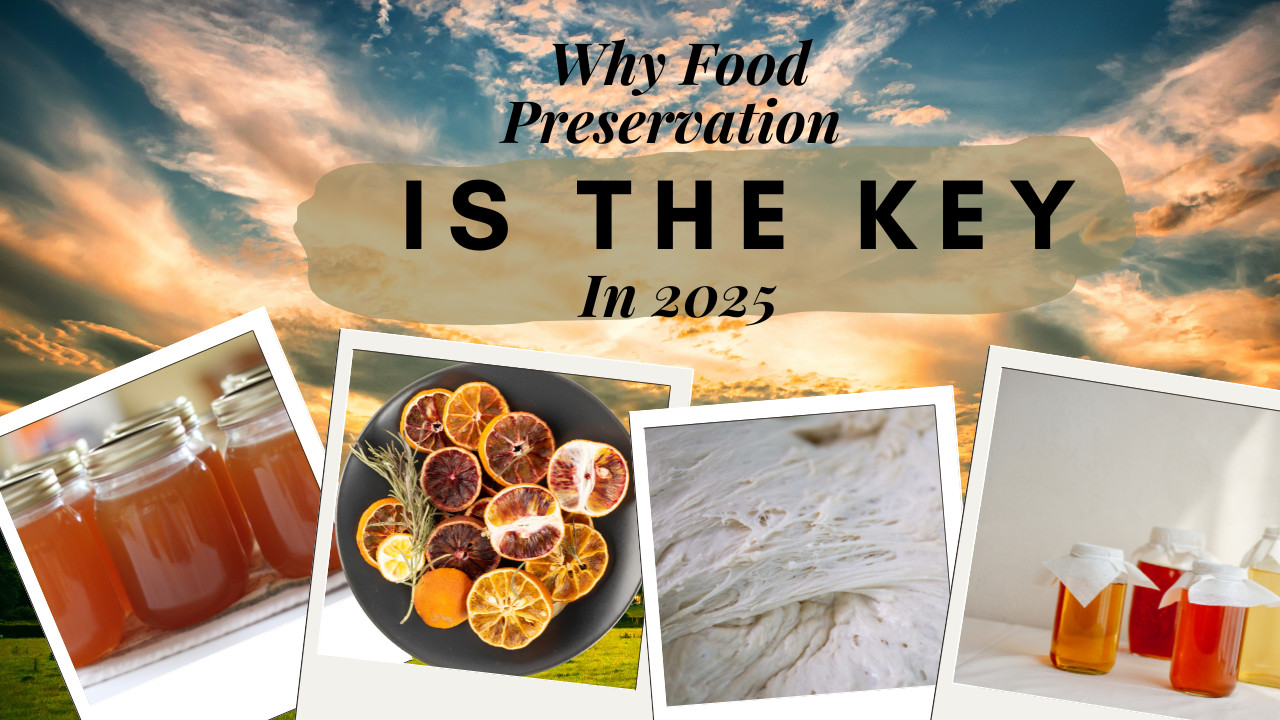
What the Weston A. Price Foundation Says About Canning: The Weston A. Price Foundation champions nutrient-dense traditional foods — and home canning enhances nutrient dense meals for our families. Canned bone broths, cultured vegetables, and fruits support not only our health but also supports ancestral eating patterns.
Canning as Radical Self-Sufficiency
Home canning is empowering. The idea that we don't need to rely on an outside source to feed our families is a radical concept in this day and age. But it's making a comeback and doing so in a major way. In just 2 short generations, we've almost lost the art of self sufficiency in the kitchen.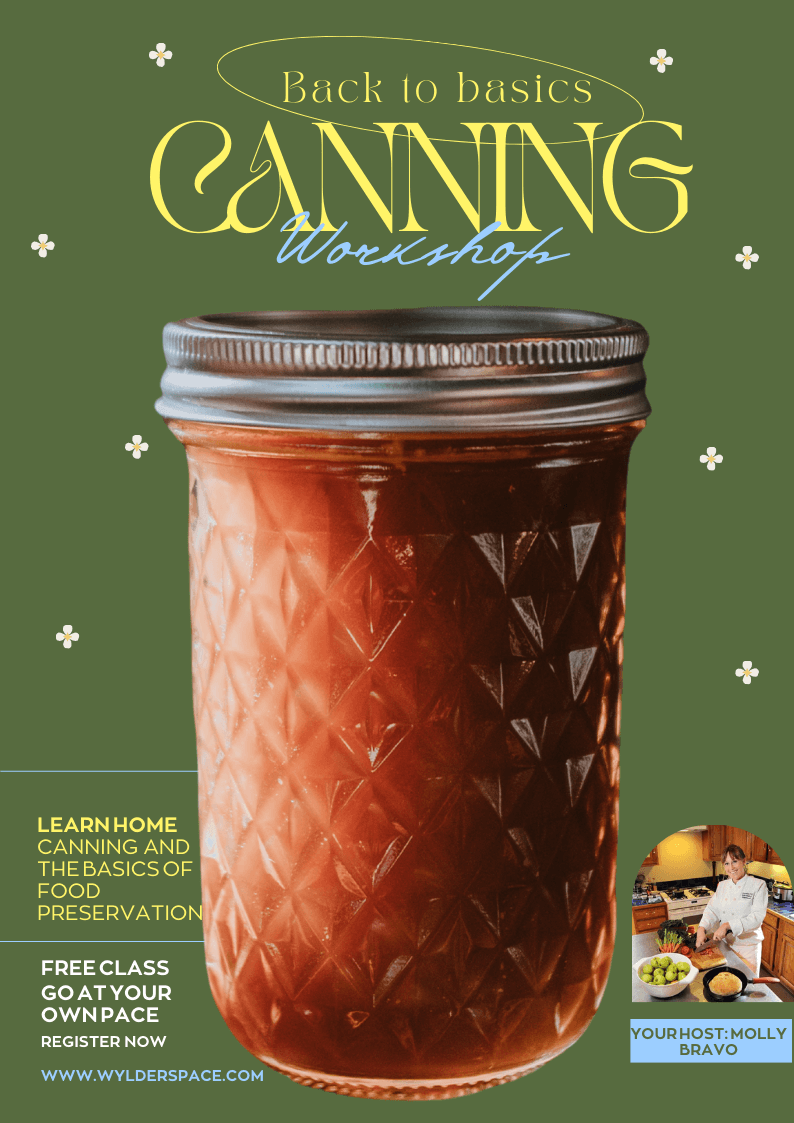
Preserving Culinary Heritage
There is a beauty in seasonal eating. It's a bounty and a beauty that is highlighted throughout winter months through canning. Preserving tomatoes at their peak flavor or fermenting cucumbers captures a taste of summer all year long — we honor nature's rhythms and preserve the summer harvest, while practicing the mantra "Waste not, want not."Environmental and Economic Wins from Home Canning
Is it possible to live plastic free? I believe it is. If we canned our own foods, if we grew our own food, how much would we even NEED plastic? We wouldn't. Foods are best preserved in glass and in bulk, in a cool, dry place.Support local farms: At Wylder we buy local, eat seasonal and make great food for the people that we love. Last summer, after diving into home canning, we managed to slash nearly 40% off our grocery expenses," says Sarah, a mother of three from Montana. "For the first time, I felt a real sense of food security, knowing our shelves were stocked no matter what challenges came our way."
You don’t need much to start: - Water bath canner (for jams, fruits, pickles) - Pressure canner (for meats, low-acid vegetables) - Mason jars and new lids - A tested recipe book like Wylder Back to Basics: Home Canning and Food Preservation, coming out in August 2025. Grab high-quality supplies at Cultures for Health and bulk dried goods- perfect for canning from Azure Standard.
Essential Canning Supplies (and Where to Get Them)
How to Start Canning Safely: No Guesswork
Always use up-to-date, tested recipes. - Sterilize jars and check lids for proper seals. - Start simple with water-bath canning (pickles, fruit jams). - Graduate to pressure canning (soups, meats, stews) once confident.Easy First Recipes for Beginners
In our cookbook, you'll be able to find recipes that are tested and approved by the USDA canning guide.
Spiced Apple Butter - Pickled Dilly Beans - Fire-Roasted Salsa - Bone Broth for Nutrient Stockpiling
Troubleshooting Common Mistakes
Seal Failures: Always Use New Lids
To ensure a reliable vacuum seal when canning, it’s critical to use brand-new lids each time. Reused lids may have microscopic warping or damage that prevents them from sealing properly, even if they look intact. A poor seal can lead to air leakage, which compromises food safety by allowing bacteria, mold, and yeast to enter. Always inspect new lids for dents or imperfections before use, and follow manufacturer instructions for heating or preparing lids to maximize sealing success.
Food Spoilage: Store in Cool, Dark Places
After canning, proper storage conditions are essential to maintain food quality and safety. Finished jars should be kept in a cool (50–70°F / 10–21°C), dark, and dry environment — such as a pantry, cellar, or cupboard away from direct sunlight and heat sources. Exposure to light, heat, and humidity can degrade food color, texture, and nutritional value, and may also promote spoilage. Regularly check your storage space to ensure it remains dry and temperature-stable.
Overfilling Jars: Leave Proper Headspace to Avoid Spoilage
During canning, maintaining the correct headspace — the distance between the surface of the food and the underside of the lid — is critical. If jars are overfilled, food can expand during processing and may force itself under the lid, preventing a proper seal and increasing the risk of contamination. Conversely, too much headspace can cause air pockets that also compromise the seal. Always refer to recipe-specific guidelines (typically ¼ inch for jams, ½ inch for fruits, and 1 inch for low-acid foods) to ensure optimal results.

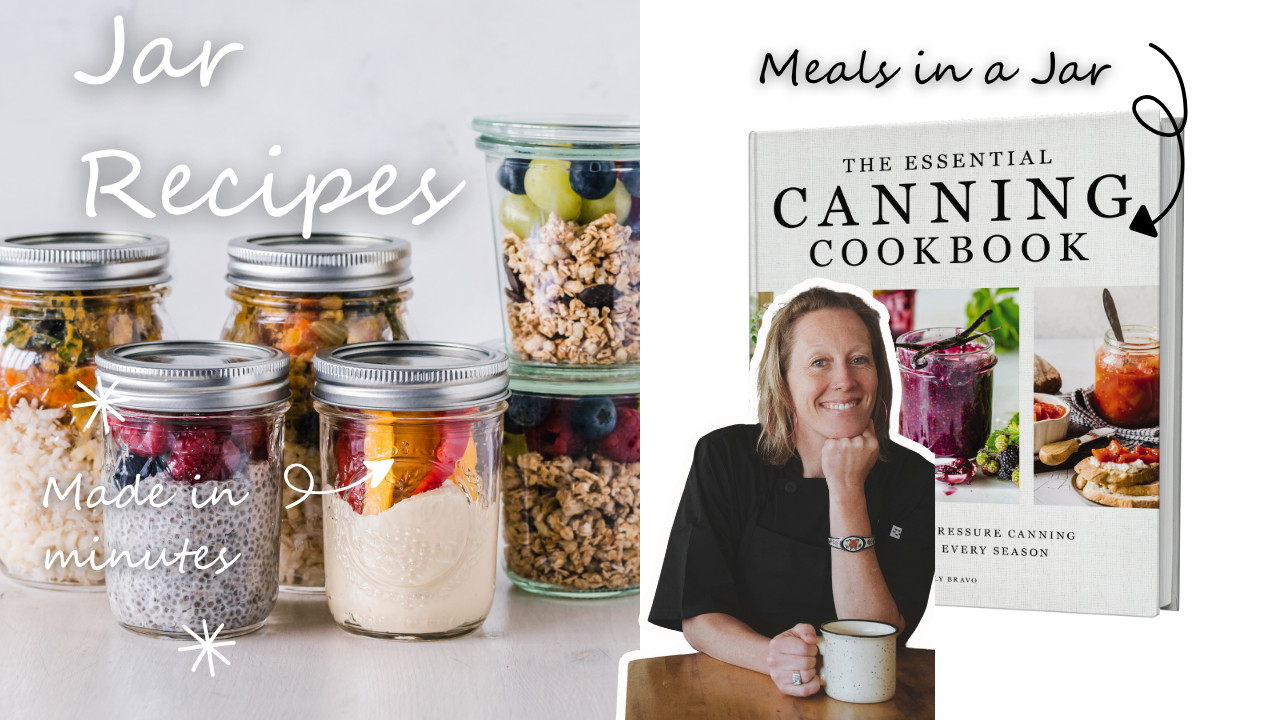
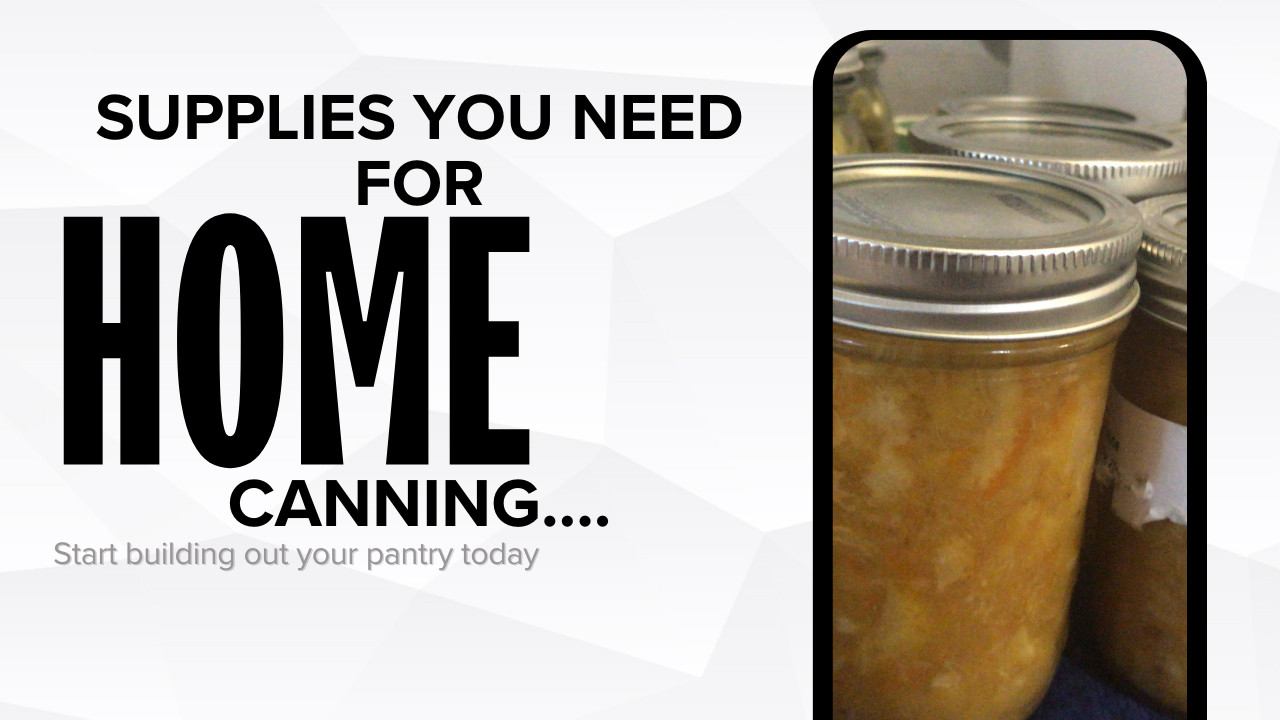
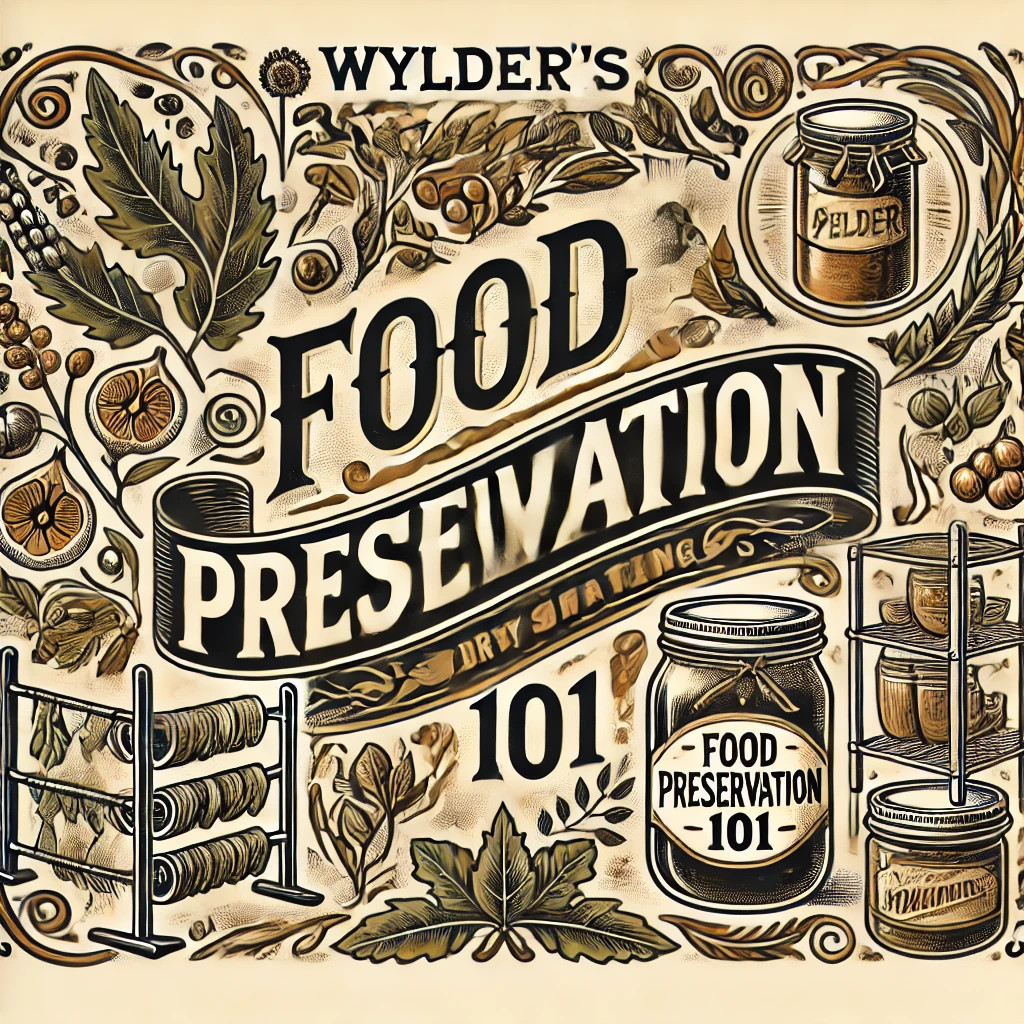
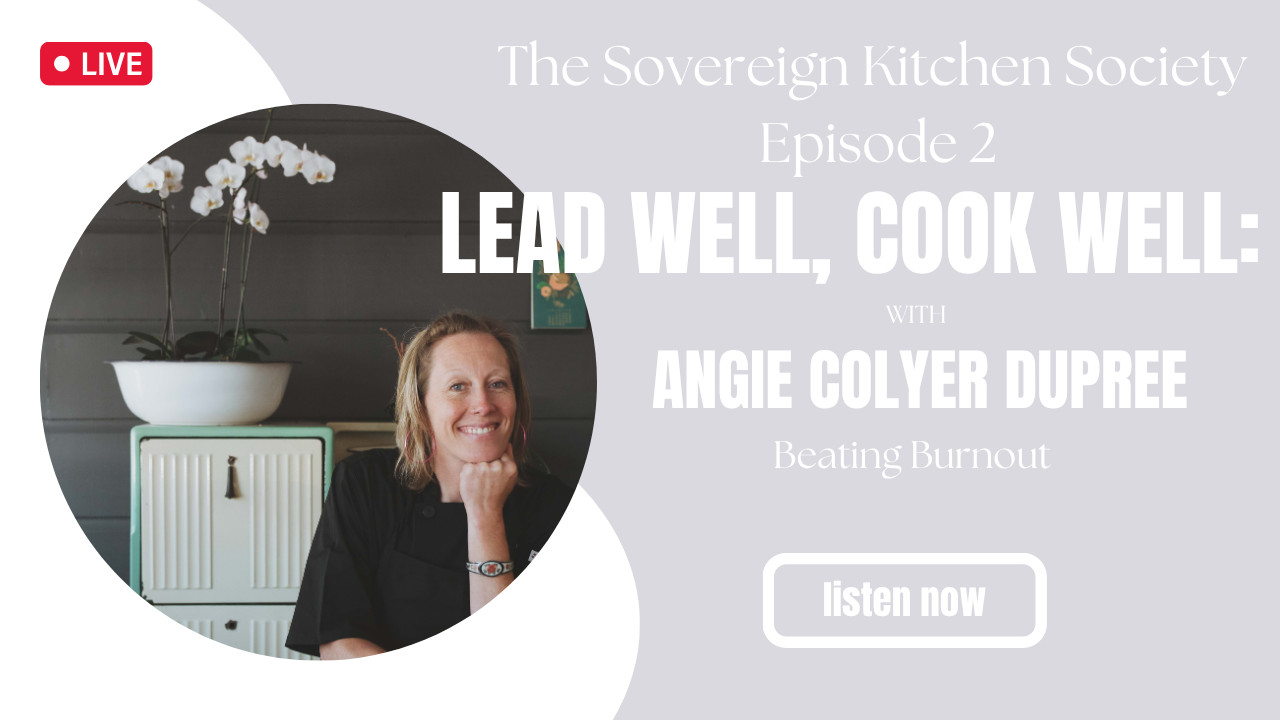
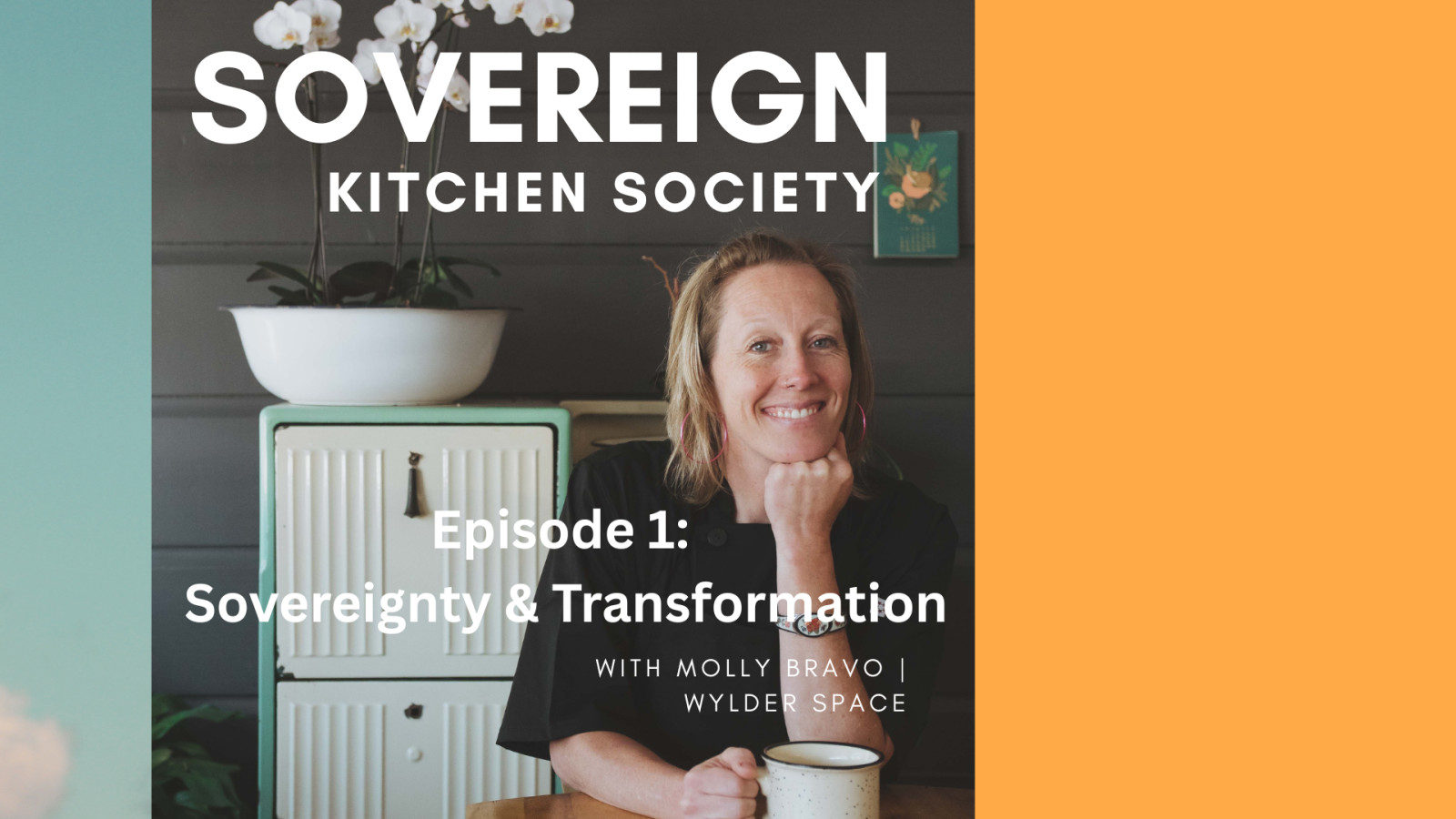
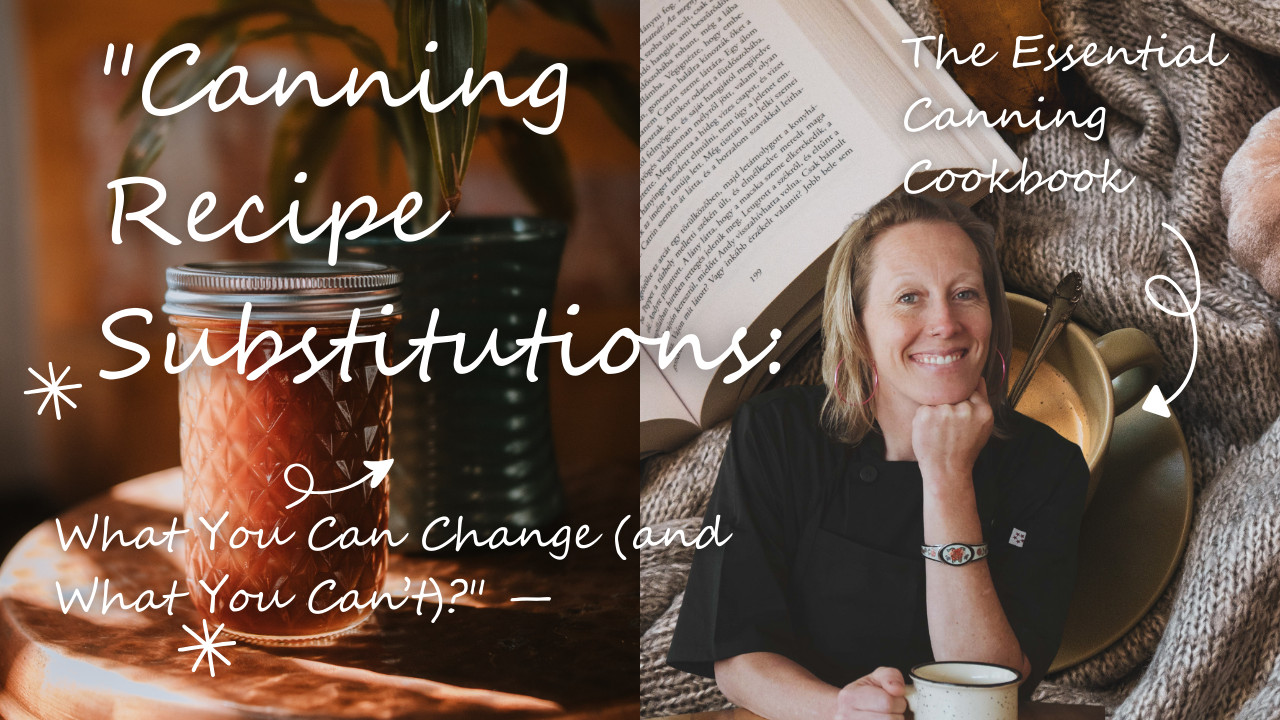
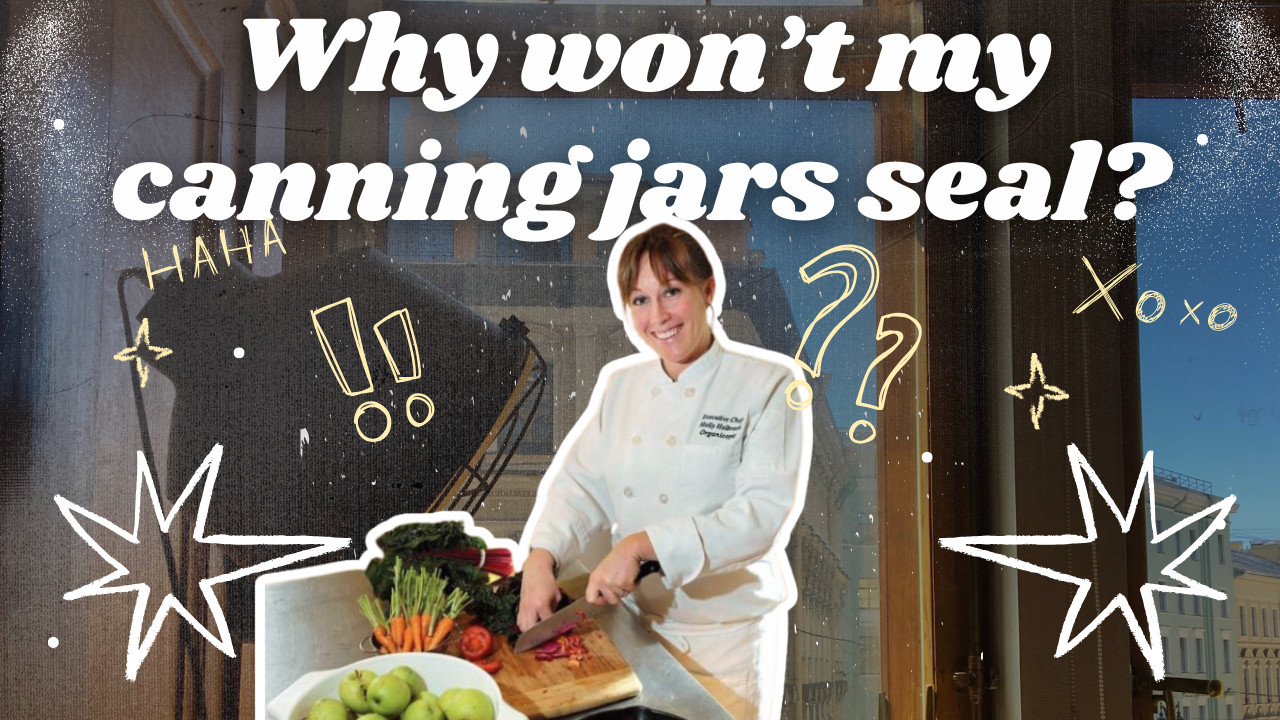
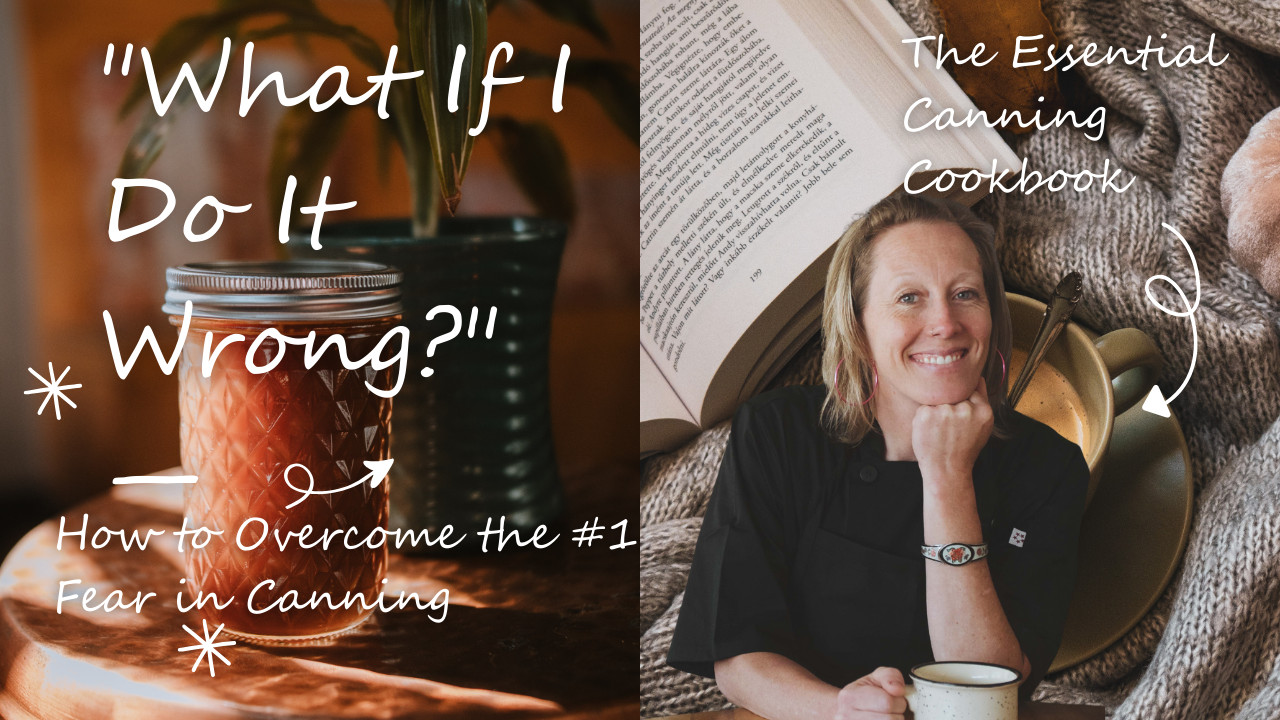

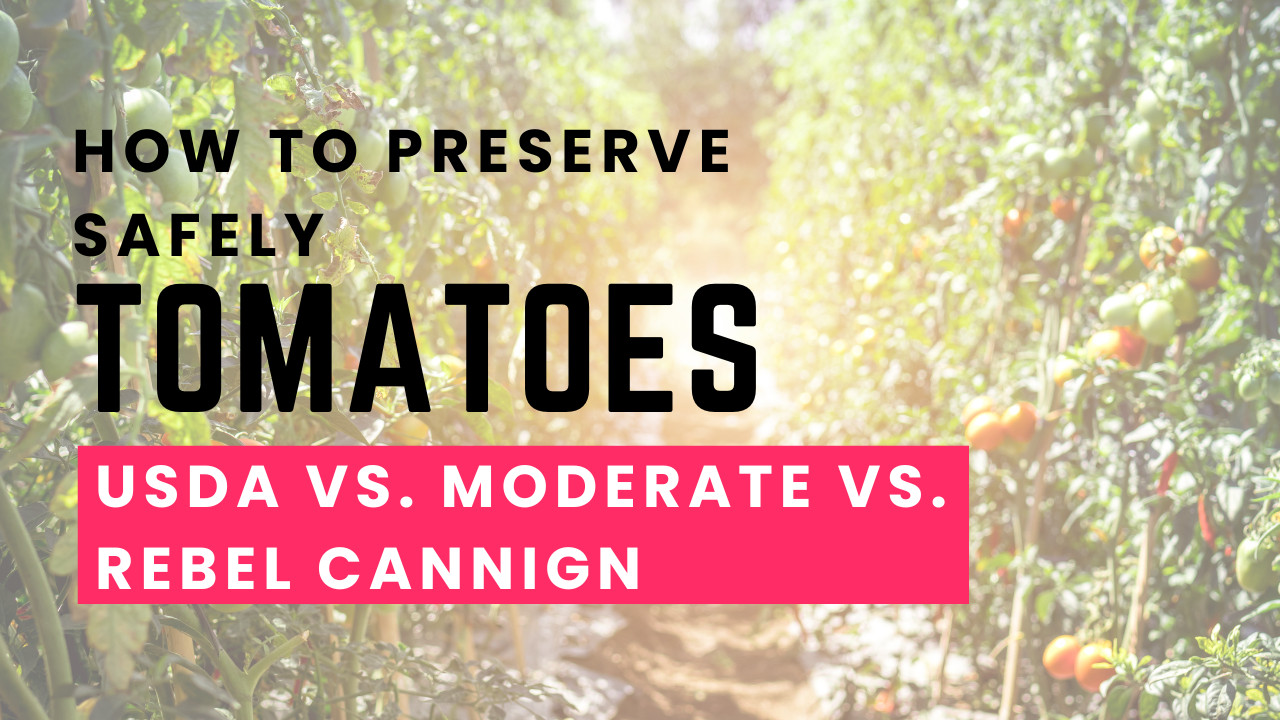
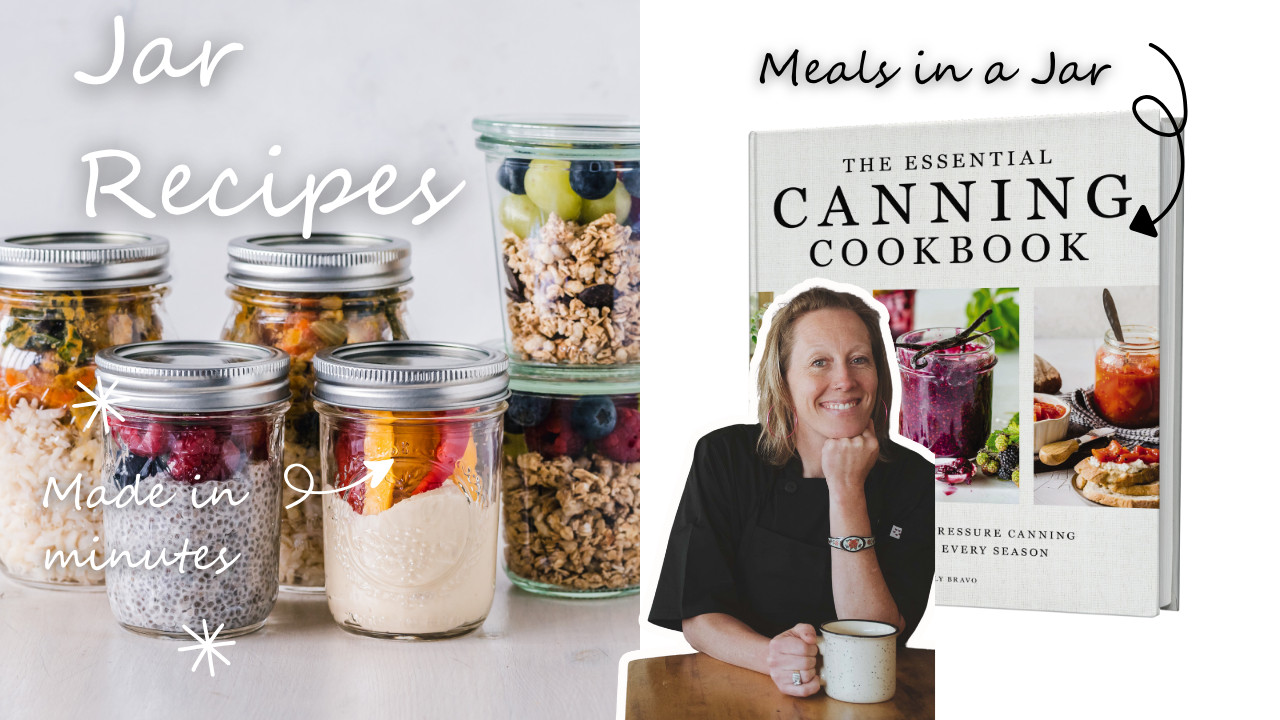
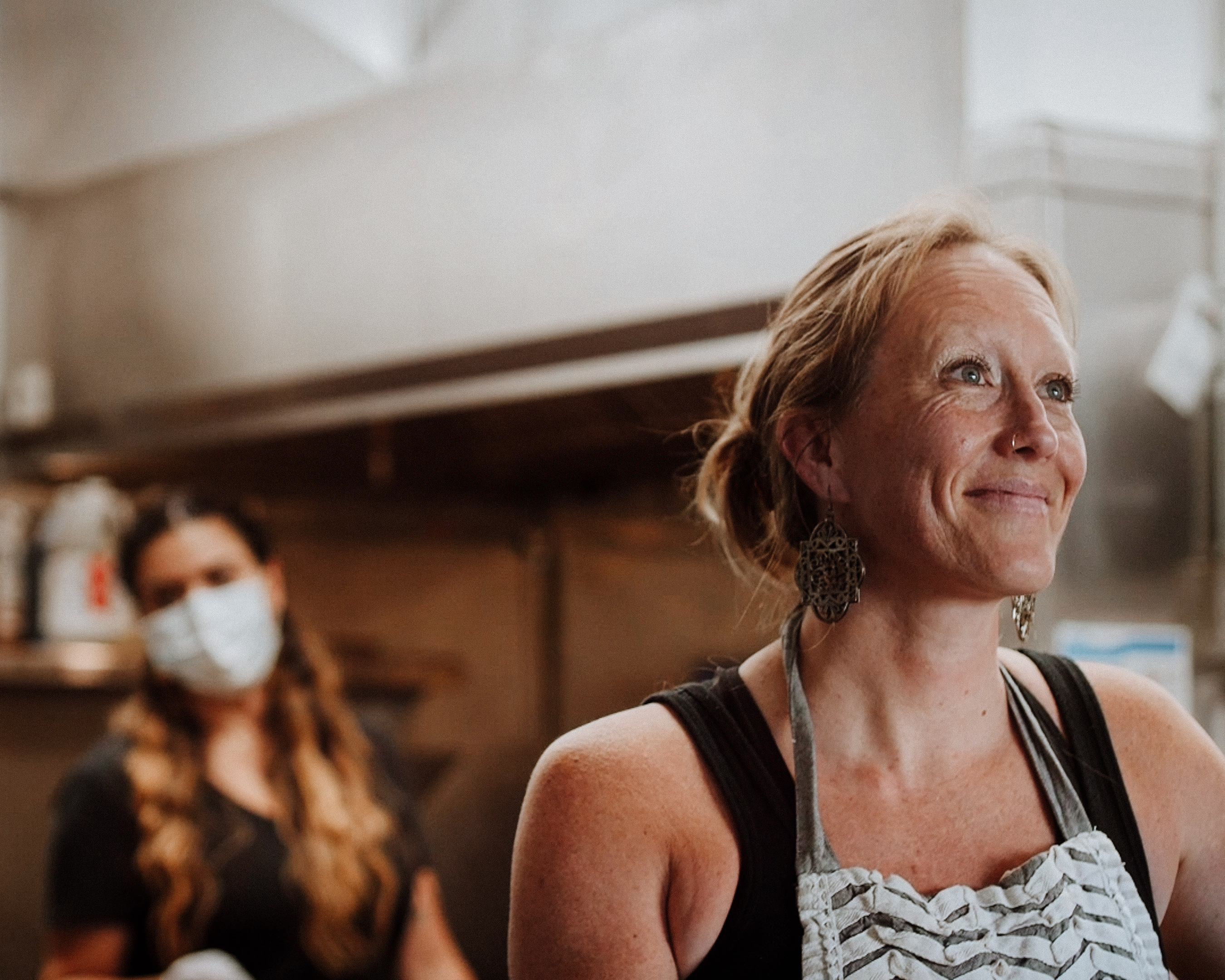
0 Comments